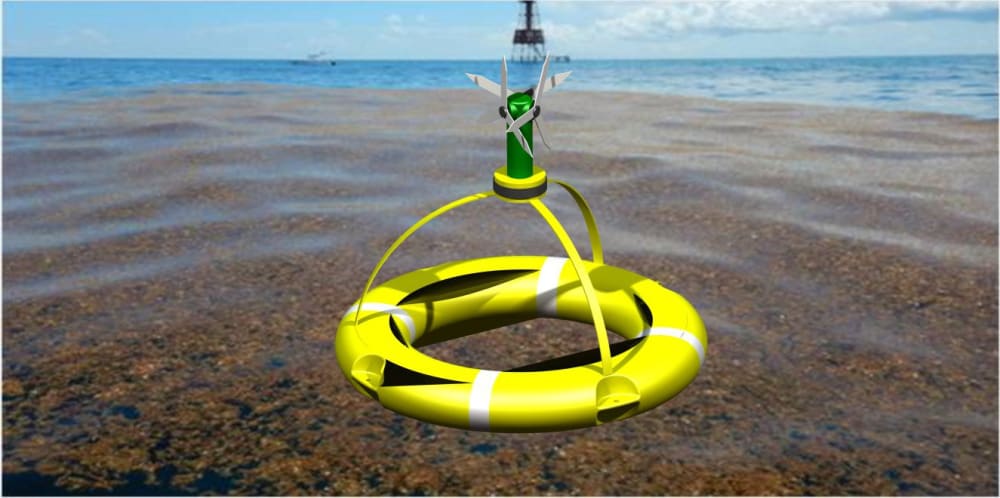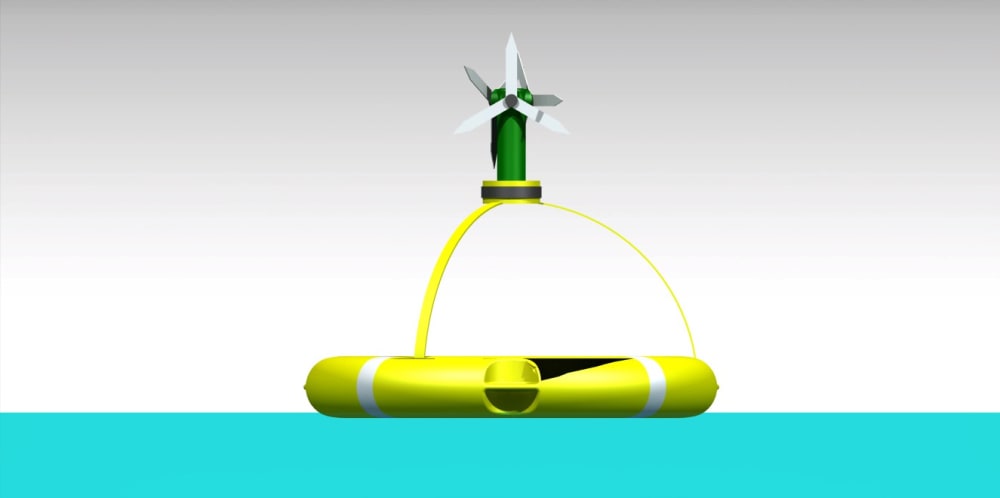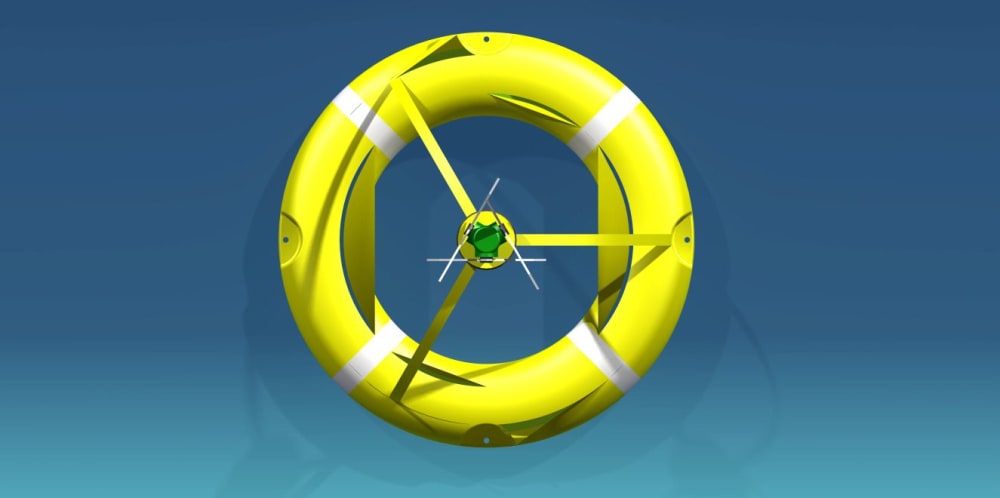Problem
To track Sargassum’s ocean path the Optical Oceanography Laboratory is currently using the Sargassum Watch System (SaWS) which is designed to use satellite data and numerical models to detect and track pelagic Sargassum in near-real time. The raw satellite data are provided by the U.S. NASA and USGS. These data are downloaded and processed through a Virtual Antenna System using both standard and customized algorithms. Of particular importance is the customized data product, namely the floating algae index (FAI) to detect floating algae and other materials on the ocean surface. These data has enabled mapping the route of the Sargassum from 2018 to this date but the varying ocean current and other factors made the prediction challenging. Because of that the Caribbean are still getting a surprising amount of Sargassum on their shores which is very hard to manage this much amount of Sargassum without clean up planning, budget, machinery and personal allocating. Since the Sargassum starts to decay as soon as it reaches on the shore and starts to release hydrogen sulphide, they do not have the time to plan but take action which made their work ineffectual.
Solution
This project is about building an automation coast guard that can detect and report when large volume of Sargassum approach to the shore of the Caribbean so that the authorities have time to plan and allocate resources for the cleanup. This is done by installing a floating lifesaver ring structure that can constantly search the ocean surface using a 360 degree camera to find Sargassum by its distinctive color and continuously smell the surrounding to find the smell of hydrogen sulphide to confirm that when the camera detects the Sargassum, it won’t be false positive. When both the camera and the odor sensor detect the Sargassum, signal will be sent to some controlling station using a GPS system. Since the mechanism has multiple electronic devices, electric power is needed. In order to make this system self sufficient, new type of wind turbine is installed at the top of the structure. Since the floating structure is not stationary, it is very likely that it rotates on the axis of the stand frequently which is hard for the turbines to rotate and we cannot install yaw mechanism to adjust the turbine in direction of the wind because of the weigh increment will sink the structure. So this new turbine has three rotors separated in 120 degrees and each of their blades is aligned 30 degree off sated from the next. This alignment will ensure the rotation of at least one rotor and when one rotor starts to rotate all the three will rotate because the blades act as a gear. In order to cancel the sound generation from collusion of each blade, sound absorbing foam will be plated on the edge of the blades. This mechanical power is used to generate constant supply of electrical power because since the system has small power, dynamo can be used.
https://hackaday.io/project/177855-caribbean-sargassum-problem-50
Like this entry?
-
About the Entrant
- Name:Anteneh Gashaw
- Type of entry:individual
- Software used for this entry:Catia V5
- Patent status:pending








